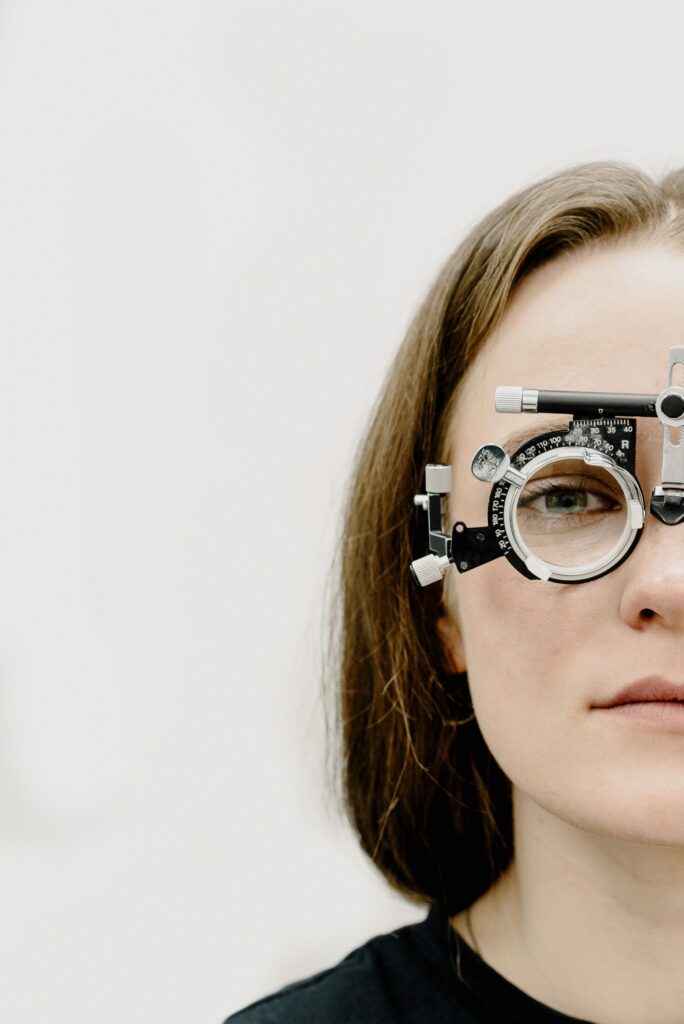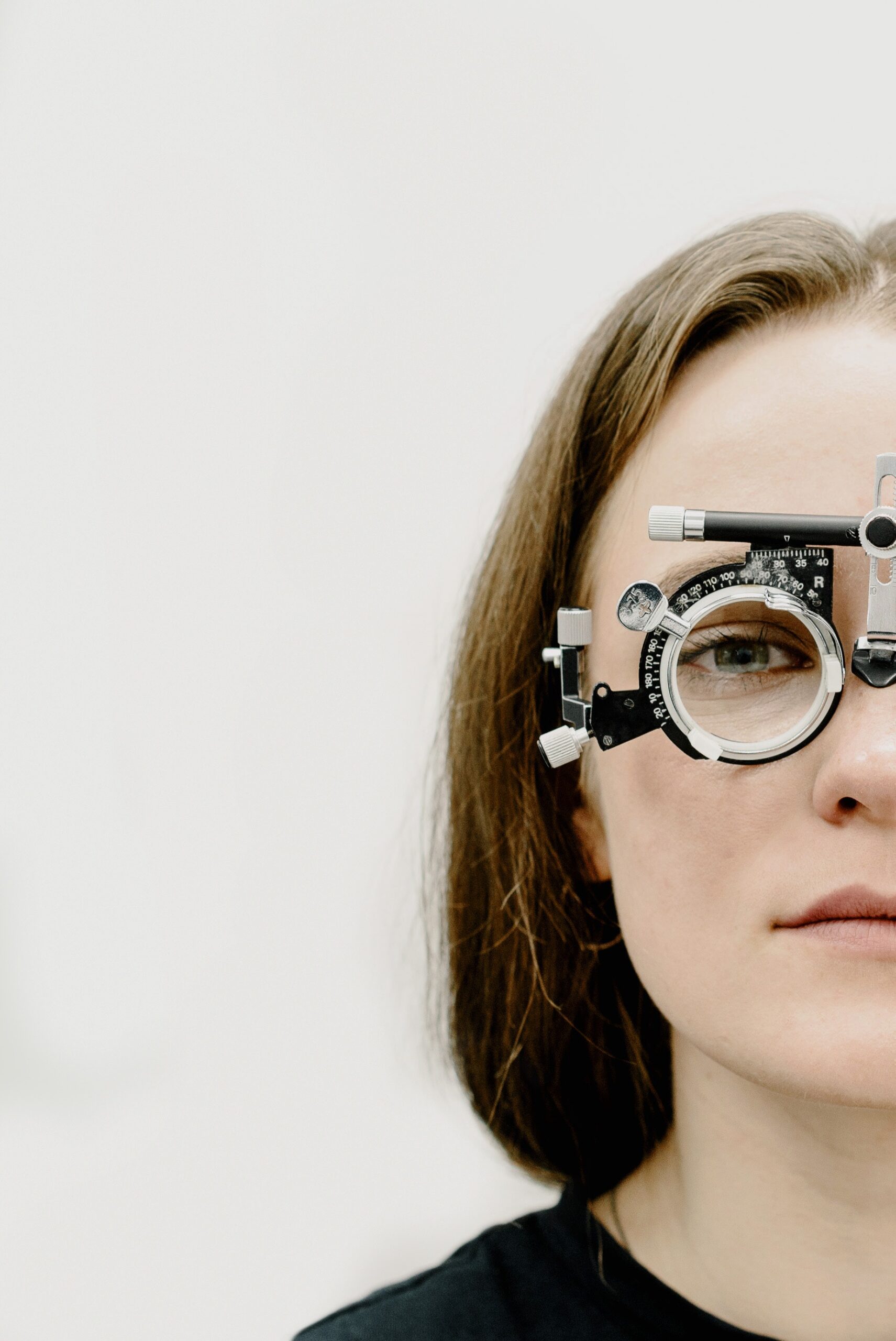Ever wondered what the numbers and word in your spectacle prescription means? Reading a spectacle prescription can seem overwhelming, but it’s actually quite simple once you know what each part means. In this article, we will break down a typical spectacle prescription with an example and help you understand what it all means.

Example prescription:
OD: Sph: +1.00 Cyl: -0.50 Axis: 120
OS: Sph: +2.00 Cyl: -1.25 Axis: 090
Pupil Distance: 62
Add: +1.50
The prescription has several different parts:
OD and OS
OD stands for Oculus Dexter, which means the right eye. OS stands for Oculus Sinister, which means the left eye. The prescription will specify the power required for each eye.
Sph (Sphere)
Sphere refers to the power of the lens. It’s measured in diopters, which is a unit of measurement for the strength of a lens. A positive number indicates farsightedness or hypermetropia, while a negative number indicates nearsightedness or myopia.
Cyl (Cylinder)
This number indicates the amount of astigmatism, which is a type of distortion in the shape of the cornea and lens that causes blurred vision.
Axis
Axis refers to the direction of the curve of the lens. It’s measured in degrees, and it tells the optometrist where to position the lens to correct astigmatism. This number ranges from 1 to 180 and indicates the orientation of the astigmatism correction.
Pupil Distance
Pupil distance is the distance between the centers of the pupils of both eyes. It’s important because the prescription must be centered over the pupil for optimal vision.
Add
Add refers to the power required for reading glasses. It’s usually a low number, such as +1.00 or +2.00, and it’s used to correct presbyopia (difficulty focusing on close objects).
Conclusion
Understanding a spectacle prescription is easy once you know what each part means. The example prescription shows that the right eye requires a lens with a power of +1.00 and a toric shape to correct astigmatism at an axis of 120 degrees. The left eye requires a lens with a power of +2.00 and a toric shape to correct astigmatism at an axis of 90 degrees. The pupil distance is 62, and the add power is +1.50.
Consult with an optometrist: If you are having difficulty interpreting the prescription, it is best to consult with an optometrist for clarification. They can help explain the prescription and recommend the best type of lenses for your needs.
Lecturer (Nethradhama School of Optometry)
Moptom

